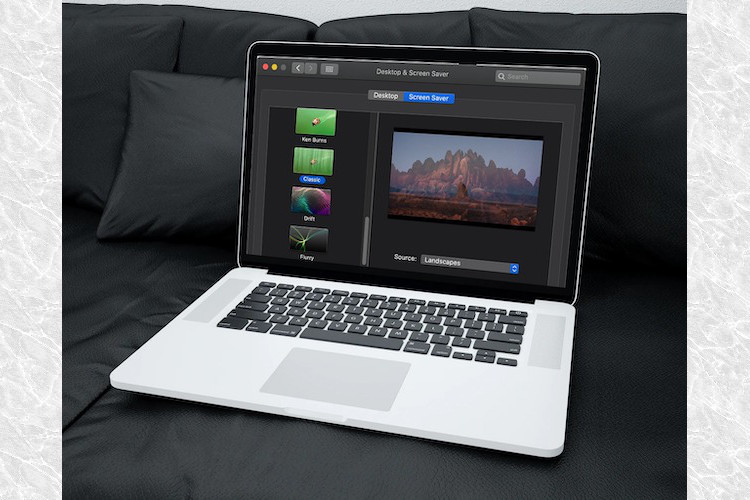
- KEYBOARD SHORTCUT MAC SCREEN SAVER MAC OS X
- KEYBOARD SHORTCUT MAC SCREEN SAVER SOFTWARE
- KEYBOARD SHORTCUT MAC SCREEN SAVER PASSWORD
- KEYBOARD SHORTCUT MAC SCREEN SAVER WINDOWS
Switch window without dialog (next/previous)
KEYBOARD SHORTCUT MAC SCREEN SAVER WINDOWS
⊞ Win+ M, then use ⊞ Win+ ⇧ Shift+ M to bring back all windows
KEYBOARD SHORTCUT MAC SCREEN SAVER PASSWORD
(If "Require password after sleep or screen saver" is enabled in "System Preferences - Security & Privacy") Or Ctrl+ ⇧ Shift+ Eject or MBR Ctrl+ ⇧ Shift+ Pwr (for Internet Explorer, Google Chrome, Mozilla Firefox)Ĭtrl+ ⌘ Cmd+ Q ( macOS High Sierra and greater) New browser window with same page as current The latter displays a menu with the currently selected input method highlighted, and debuted in Windows 8.Ĭonfigure desired keypress in Keyboard and Mouse Preferences, Keyboard Shortcuts, Select the next source in Input menu. to copy all the text, use :%yĬycle through installed keyboard languages / input methods % means "all in focused windows" here so e.g. GgVG, unlikely ever needed as most commands take an optional range parameter. Or "ap to paste the content of the "a" register or "+p to paste the content of the system clipboard Or "ax to cut in register "a" or "+x to cut in system clipboard Move the cursor after one or more undos, and further undos will be redos.Ĭut the selection and store it in the clipboard Same as undo, when undo is exhausted, it redoes. Not all applications follow (all of) these conventions, so if it doesn't work, it isn't compatible. Whether such commands are implemented (or not) depends on how an actual application program (such as an editor) is written. Furthermore, many shortcuts (such as Ctrl+ Z, Alt+ E, etc.) are just common conventions and are not handled by the operating system. For example, in a non-English version of Windows, the Edit menu is not always bound to the E shortcut. Some of the combinations are not true for localized versions of operating systems. General shortcuts Ī note regarding KDE's shortcuts is that they can be changed and the below list contains the defaults. Whether used as a matter of personal preference or for adaptive technology, the pervasiveness of common conventions means that a meaningful comparison of keyboard shortcuts can be made across various widely used operating systems.Ĭells with a yellow background in the tables below denote Apple's "sacred" keybindings. Their use is pervasive enough that some users consider them an important element of their routine interactions with a computer.
KEYBOARD SHORTCUT MAC SCREEN SAVER SOFTWARE
Keyboard shortcuts are a common aspect of most modern operating systems and associated software applications. This entry was posted in digital, english, macosx, security and tagged keyboard, osx, shorcut.
KEYBOARD SHORTCUT MAC SCREEN SAVER MAC OS X
In Mac OS X terminology this shortcut puts the display immediately to sleep.

With macOS 10.13 there is now a dedicated screen lock feature which can be invoked with this new shortcut: If you have any hints where to get a complete list, please let me know! There are probably many other shortcuts in Mac OS I don’t know. You have to enable »Require Password immediately after sleep or screen saver begins« in the System Preferences -> Security to make this truly lock your screen.

On Macs without an Eject key you can use the power button in the shortcut instead. Recently however, somebody said that there is such a shortcut and that it exists since Mac OS 8. I tried AppleScript, I tried Automator, I even convinced a friend that it would be necessary to write a small app for this. My current workaround was to open Keychain.app, enable the menu bar icon in the preferences and click each time on the menu bar item -> lock screen. I’ve seen this on Linux window managers and something like this probably exists on every major operating system. For years I’ve been searching for a keyboard shortcut that would instantly lock my screen / desktop.


 0 kommentar(er)
0 kommentar(er)
